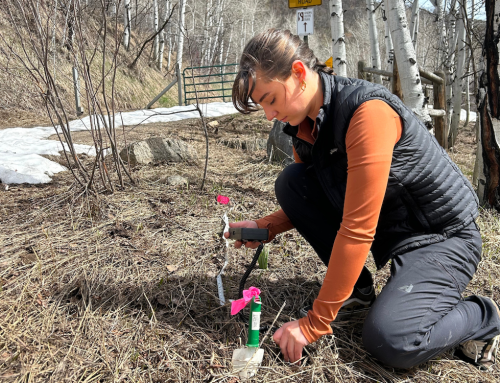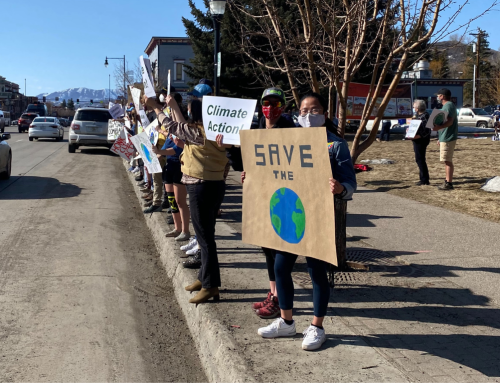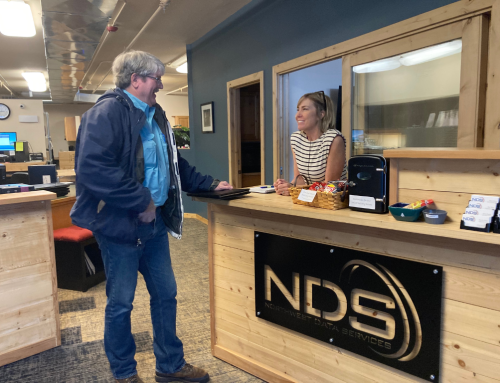OCTOBER 31, 2018 BY
Adopted by an article from the Steamboat Pilot and Today
STEAMBOAT SPRINGS — What would be the best source of renewable energy for Steamboat Springs?
That’s the question fifth-graders at Soda Creek Elementary School spent recent weeks exploring, as they divided into groups and dove into every facet of hydroelectric, geothermal, solar, wind and biomass energy production.
Part of Yampatika’s Environmental Literacy Program, the students started with small-scale experiments on each type of renewable. They built a wind turbine and used a leaf blower to measure power generation.
Using black, absorbent construction paper and cellophane, a pizza box was transformed into a solar oven.
They experimented with different designs of plastic hydro-powered turbines and how water becomes steam for geothermal power and how the steam turns the turbine.
For biomass, they burned Cheetos and calculated how long it took and how much energy was produced.
On Monday and Tuesday, the 25 smaller groups within the five classes gave presentations on each renewable energy sources; explaining how it works; its the history; the pros and cons of each energy source; and how it would be used locally, nationally and globally.
In Kyle Paolantonio’s class Tuesday, the students took turns giving professional whiteboard presentations on newly learned software.
They shared interesting facts, including how China has become the largest producer of wind energy in the world. And while killing birds is one of the arguments against wind turbines, the students used graphs to explain how cats actually kill more birds — 2.4 billion for cats versus 440,000 for turbines.
One student gave an explanation of how solar works, with sunlight creating “a gap among electrons, which they then have to move around to fill.”
They showed a photo of the biggest biomass plant in the world, which was built in England in 1932, and reasoned it would work in Steamboat because there are plants in Kremmling and Breckenridge.
Geothermal would work, because of the hot springs and location of fault lines, they said. And it is already used for heating and cooling at Colorado Mountain College.
Wind would work, they said, but not as well as it would in Wyoming. So would hydro, because of the snowmelt in the spring. And solar is a good option as long as the weather cooperates and the panels are properly placed, the students concluded.
In terms of national use, the class consensus was that renewables could be used more.
Yampatika naturalist Cindy Gantick praised the fifth-graders’ grasp of how mechanical energy is converted to kinetic energy.
Gantick and Sam Rush, Yampatika’s youth program manager, noted the program also had a service learning aspect in sharing the information with other classes and the community.
“If they can get passionate at an early age, they can be problem solvers for humans and the planet,” Gantick said.
In addition, as the district plans to construct new buildings to meet the growing capacity, Rush said she anticipates some of the students will make an appeal to school board members to incorporate renewable energy in those plans.
“The kids feel very empowered with their knowledge, and the research they’ve done,” Rush said.
To reach Kari Dequine Harden, call 970-871-4205, email kharden@SteamboatPilot.com or follow her on Twitter @KariHarden.






